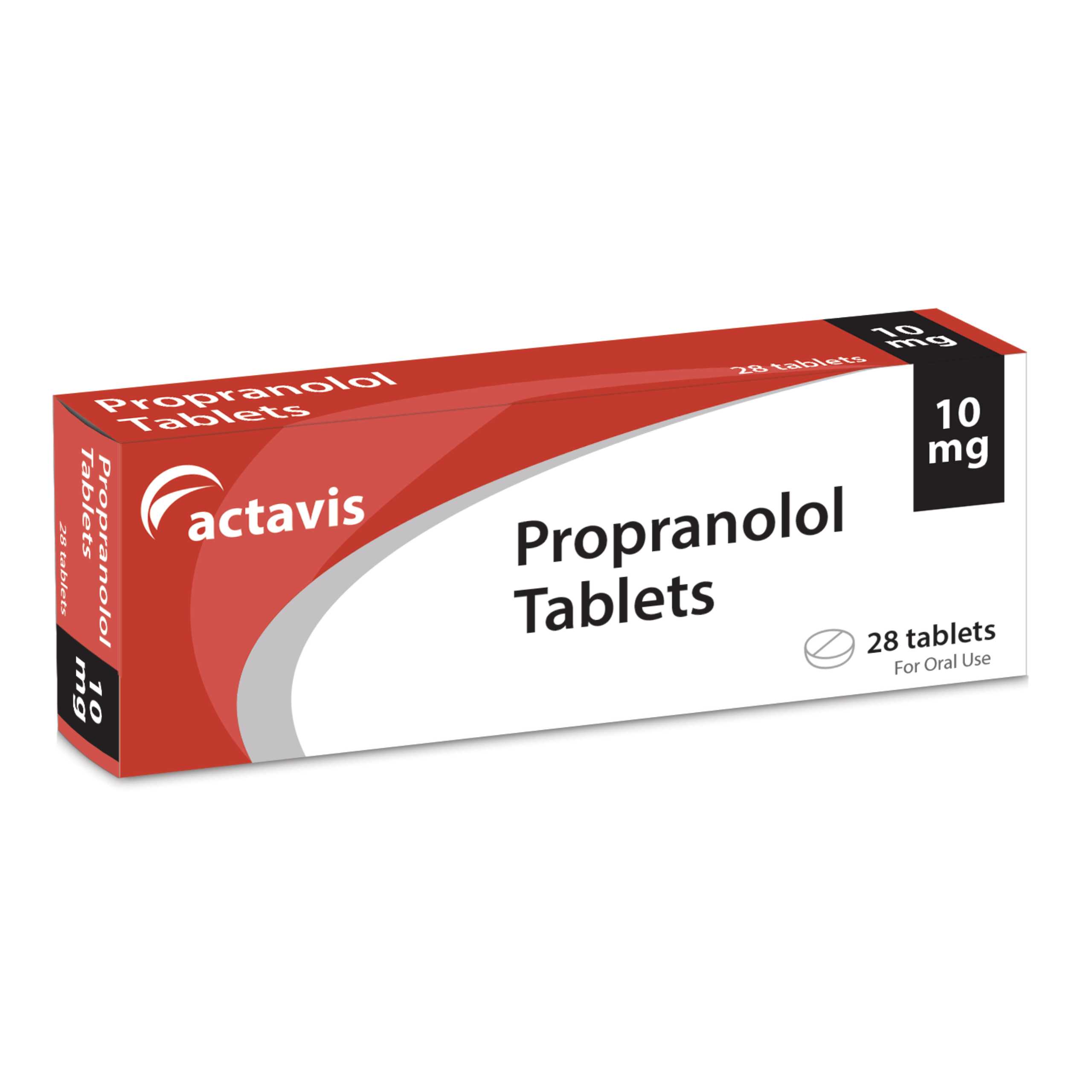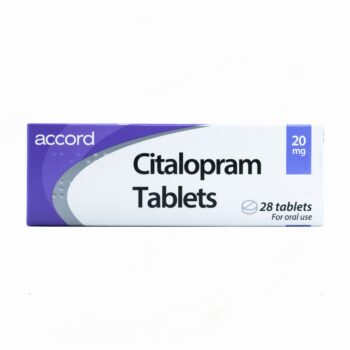Description
Propranolol is a prescription-only beta-blocker medication used to manage a variety of cardiovascular and neurological conditions. It is commonly prescribed for high blood pressure, angina, irregular heart rhythms, anxiety, migraine prevention, and certain types of tremors. Propranolol is available in various formulations, including immediate-release and extended-release tablets, as well as oral solutions, providing flexibility in dosing to suit individual patient needs.
How It Works
Propranolol works by blocking beta-adrenergic receptors in the heart and other parts of the body. This action reduces the effects of adrenaline and other stress hormones, leading to a decrease in heart rate, blood pressure, and strain on the heart. By modulating these physiological responses, Propranolol helps to control symptoms associated with various conditions, such as palpitations in anxiety or the vascular changes involved in migraines.
Why Choose Propranolol
-
Versatile Treatment: Effective for a range of conditions, including cardiovascular issues and neurological disorders.
-
Proven Efficacy: Widely studied and used for decades, with a well-established safety profile.
-
Flexible Dosing: Available in multiple strengths and formulations to accommodate different treatment regimens.
-
Symptom Control: Helps manage physical symptoms of anxiety, such as rapid heartbeat and tremors.
Propranolol is suitable for adults and, in certain cases, children, depending on the condition being treated. It is important to follow the prescribed dosing schedule and consult with a healthcare provider for any adjustments.
Important Note
Propranolol should be used under medical supervision, especially in individuals with existing health conditions. It is not recommended for people with asthma, certain heart blocks, or severe circulation issues. Abrupt discontinuation should be avoided, as it may lead to adverse effects. Regular monitoring by a healthcare professional is advised to ensure the medication’s effectiveness and to manage any potential side effects.


